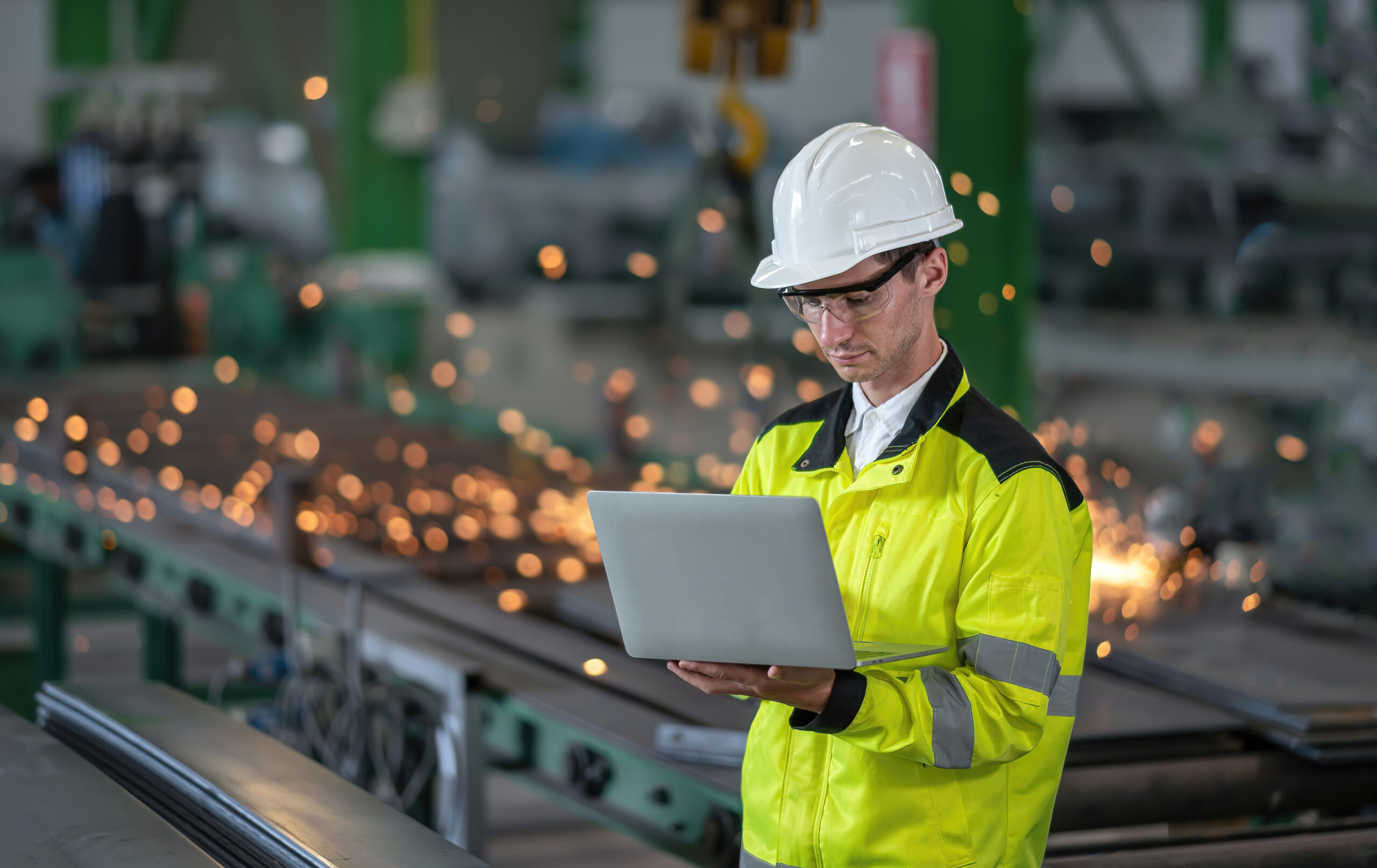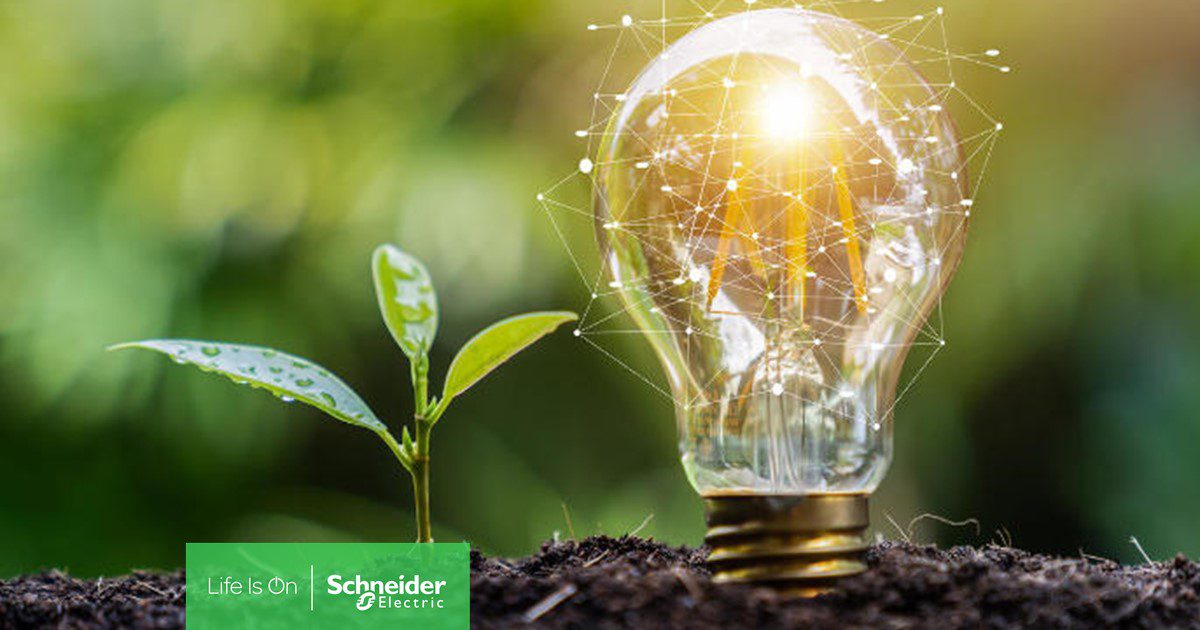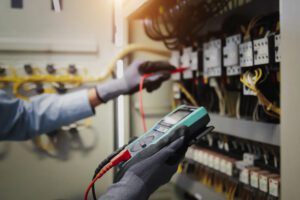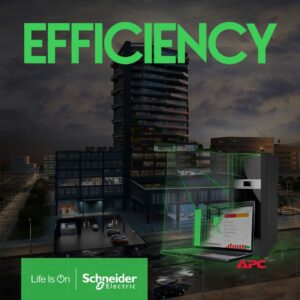Many commercial and industrial businesses are focused on approaches to becoming more sustainable. As a result, they are asking about supply chains, resilient operations, or carbon footprints. The imperative to become more sustainable will continue to ramp up driven by client requirements, government regulations, and investor demands. According to a recent Futerra survey, consumers in the US and UK are willing to pay between 5% and 10% more to have access to sustainable products compared to non-sustainable products.
Why are such trends important to engineering design firms that assist clients in building construction projects and related technology selection decisions? The selection of sustainable products and technologies feeds sustainable designs. Therefore, design firms play a major role in using their expertise to make commercial and industrial operations more sustainable. Injecting more sustainable technologies into their design recommendations also differentiates them from competitors who still specify more traditional product sets.

How a new generation of uninterruptible power supplies can improve sustainability
One example of where design firms can help their clients in achieving their sustainability goals is when prescribing uninterruptible power supplies (UPS) ― devices that help to protect, stabilize and maintain the power supply coming into the building. New generations of UPS (solutions like the Schneider Electric Galaxy V Series running in eConversion mode) can run at 99% efficiency and, simultaneously, through a unique patented inverter technology, can operate without interruption.
This technology is compiled with the IEC 620400-3 standard (class 1). When equipment is categorized as “class 1” there is no interruption in the power supply. The eConversion technology is also more efficient (99% efficiency vs. 96% efficiency in traditional operating modes). Over a 10-year span, that efficiency difference represents hundreds of thousands of dollars in energy savings and considerable CO2 emissions reductions. This innovation decreases unplanned downtime and improves business continuity.
This is NOT the case with technologies that use traditional double conversion architecture with Eco-mode capabilities. These technologies typically require a trade-off−with a choice that has to be made between either higher sustainability or higher resilience.
New tools save UPS configuration time and ease design work
To make it easier for design firms to specify more sustainable products, Schneider Electric have created calculators that can help articulate the benefits of an eConversion vs. double conversion approach. Such trade-off tools quantify the energy and CO2 reduction savings, depending upon the variables that are unique to each client account. This helps design firms save time while providing the data needed to illustrate return on investment.
In addition, an online EcoStruxure specification tool is available to design offices to easily generate technical (electrical and mechanical) specifications for tenders. This tool acts as a specification creator, which allows consultants to quickly select and extract pertinent data and the documentation needed to build their comprehensive technical spec.

3 approaches for addressing sustainability
In order for sustainability to permeate all levels of UPS design, a mix of high efficiency components, tools that can provide sustainability performance reporting, and recyclability of physical plant will be required. Below are several examples of approaches that can achieve these goals:
- Green Premium products – Over 70% of Schneider Electric offerings are energy efficient certified and have been designed and optimized as Green Premium™ products that can lower carbon emissions. Green Premium products provide detailed information on their regulatory compliance, material content, and environmental impact. Green Premium offers also come with digitally available “circularity profiles”, providing information on the product circularity, end-of-life instructions, and recycling services. In addition, they comply with the most ambitious global environmental standards supporting end user sustainability ambitions.
- Easy access to Product Environmental Profiles (PEP) – A Product Environmental Profile (PEP), also known as Environmental Product declaration (EPD), is a document communicating the environmental impact and performance of the product based on Life Cycle Assessment (LCA). PEPs are compliant with the 2010 ISO 14025 standard. Schneider Electric has a large quantity of PEPs available via our “Check a Product” platform and is also 3rd party certified via PEP Ecopassport.
- Recycling programs – As part of a more aggressive sustainability push, many data center owners are now prioritizing the creation of circular processes within their operations. At Schneider Electric, contributing to a circular economy means redesigning products to eliminate waste and transitioning to innovative business models focused on reuse, refurbishment, and renovation. One of the ways we embrace circularity is by creating data center electrical and cooling system technologies that extend the useful life of our customers’ electrical system assets and by eliminating materials that can potentially produce high emissions (like SF6 gas).
Embracing sustainability as a core business value
At Schneider Electric, we have been focused on sustainability for years and have prioritized developing solutions that help our customers become more energy efficient. In recognition of Schneider Electric’s performance in the realm of sustainability, Corporate Knights, the world’s largest-circulation magazine on clean capitalism, in 2021 named Schneider Electric the #1 sustainable company on their Global 100 index. Schneider Electric earns 70% of its revenue selling sustainable solutions, while 73% of our investments are directed toward developing newer, even more sustainable solutions. We are well positioned to support design firms in their sustainability journey as they specify solutions that reduce energy consumption while cutting down CO2 emissions.
Discover more sustainable solutions
To learn more about how sustainable Schneider Electric’s solutions can increase resilience and support new building construction projects, visit our industrial power business continuity web page. Also, explore sustainability approaches for design firms for buildings and infrastructure design which includes practical tools to help in your next construction project.



